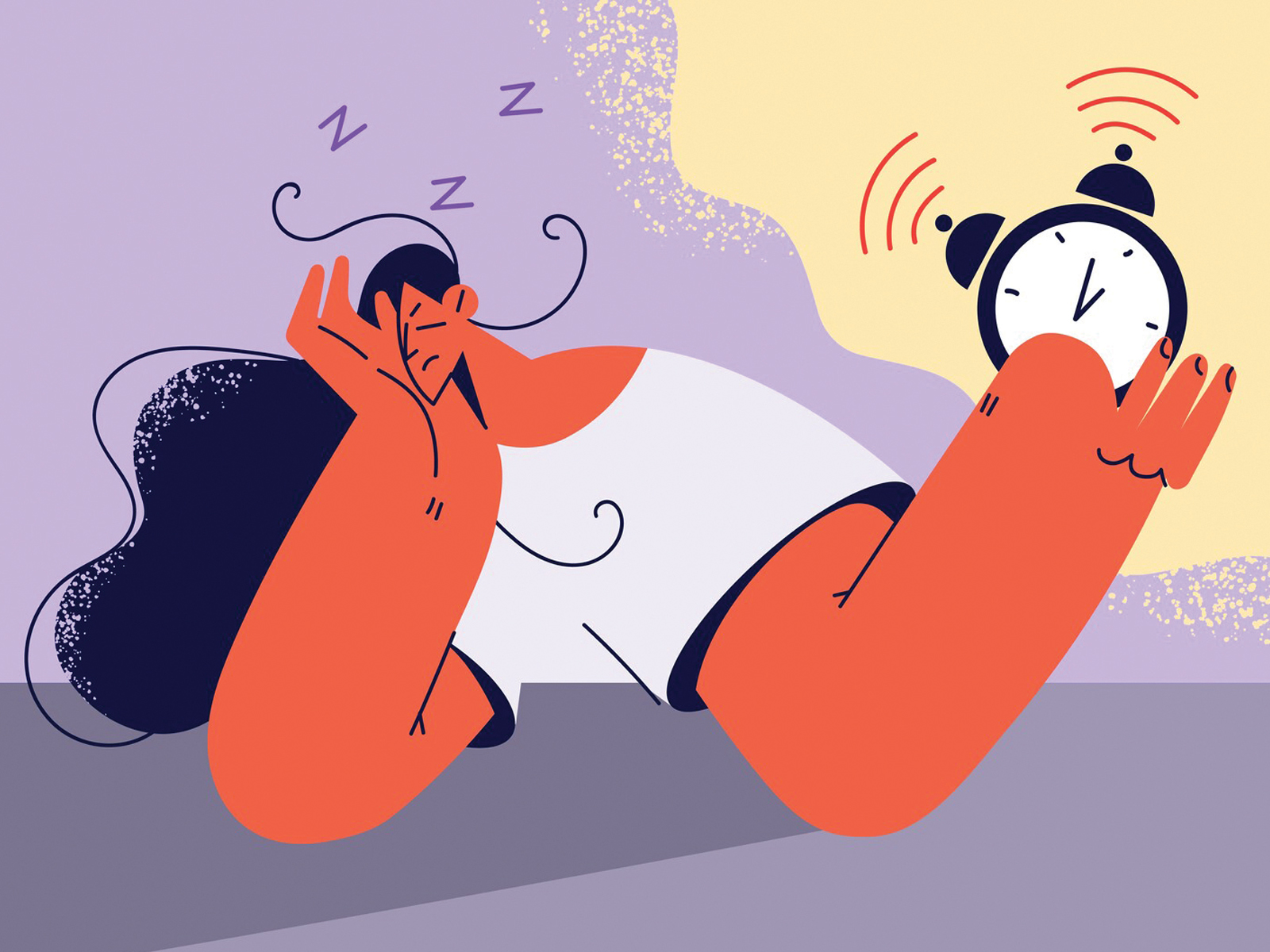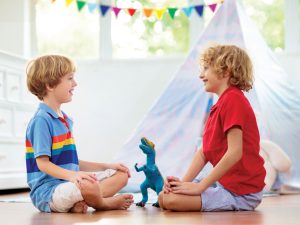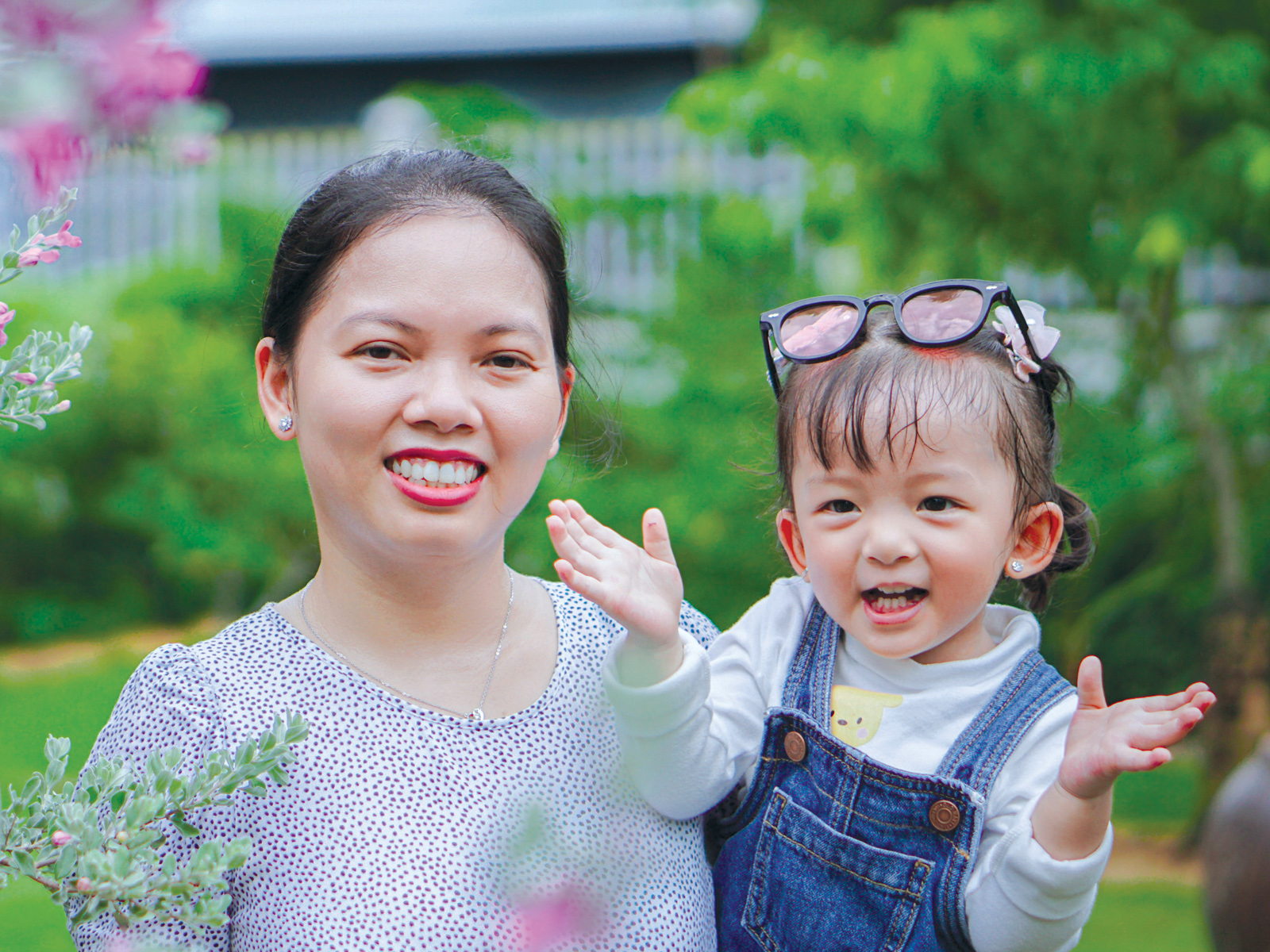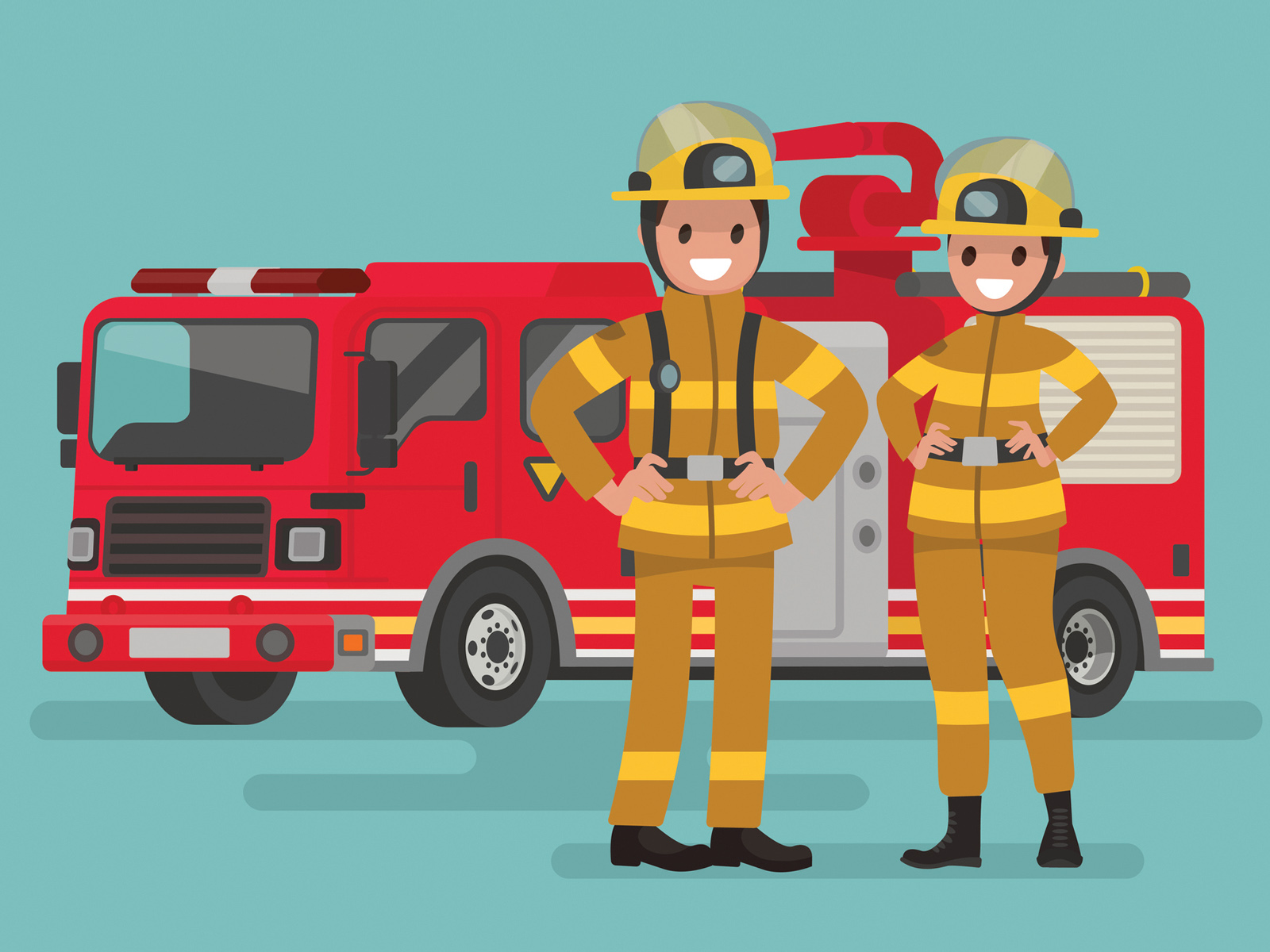Insufficient sleep in teens associated with obesity
Adolescents who sleep less than eight hours a night are more likely to be overweight or obese compared to their peers with sufficient sleep, according to new research. Shorter sleepers were also more likely to have a combination of other unhealthy characteristics including excess fat around the middle, elevated blood pressure, and abnormal blood lipid and glucose levels.
The researchers calculated a continuous metabolic syndrome score ranging from negative (healthier) to positive (unhealthier) values including waist circumference, blood pressure, and blood glucose and lipid levels.
Associations between sleep duration, overweight/obesity and metabolic syndrome score were analyzed after adjusting for parental education, migrant status, moderate-to-vigorous physical activity, smoking status, energy intake, city and school.
Compared with optimal sleepers, overweight/obesity was 21% and 72% more likely in very short sleepers at 12 and 14 years, respectively. Short sleepers were 19% and 29% more likely to be overweight/obese compared with optimal sleepers at 12 and 14 years, respectively. Similarly, both very short and short sleepers had higher average metabolic syndrome scores at 12 and 14 years compared with optimal sleepers.
Researchers suggest that parents should set a good example by having a consistent bedtime and limiting screen time in the evening. Public policies are also needed to tackle this global health problem.
Source: European Society of Cardiology
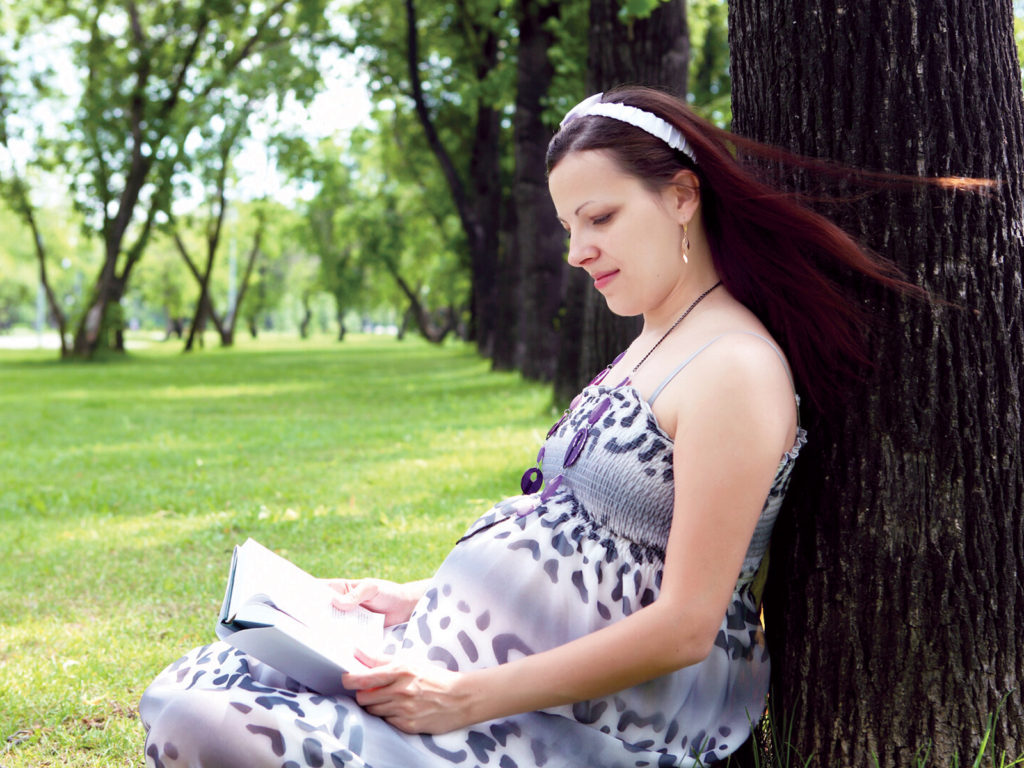
Virtual green space good for pregnant women
“Even short exposure to a virtual green space environment showed physiological and affective stress reduction among pregnant women,” says study author Jun Wu. “It’s not the same as the real world, but this study helps inform city planners who are creating urban spaces. It proves the importance of green space to the well-being and mental health of the population living in those spaces.”
The team found that visual exposure to a VR green space environment was associated with lower systolic blood pressure, reduced salivary alpha-amylase (an indicator of stress), improved positive emotions and decreased negative emotions compared to a non-green space environment.
There is extensive research on the positive impacts of green space exposure on health and well-being, including reduced risk of mortality, cardiovascular disease and Type 2 diabetes; improved pregnancy outcomes such as decreased risk of low birth weight and preterm birth; and enhanced mental health. However, exploration of the link between physiological mechanisms and green space among special populations, like pregnant women, has been lacking.
The researchers suggest that future studies of a similar kind consider different “dosages” of urban green space; computer-generated scenarios versus actual nature environments; and short- versus long-term impacts.
Source: University of California, Irvine
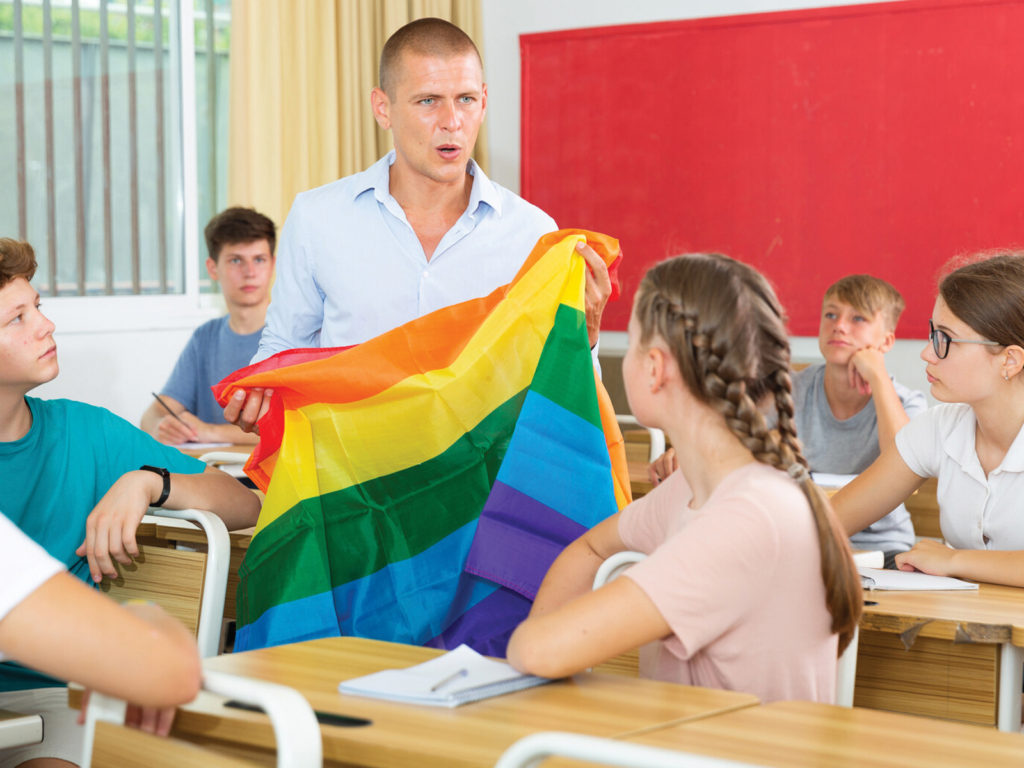
How can schools support LGBTQ2S+ students?
Despite recent progress towards supporting LGBTQ2S+ – inclusive education, ensuring that students who identify as sexual and gender minorities (SGMs) experience belonging, safety, and security in their schools and communities remains an ongoing challenge. A national survey of Canadian high school students found that 64% of LGBTQ2S+ students reported feeling unsafe at school. Here’s how educators can take a more inclusive approach:
• Provide professional development: Ensure introductory and ongoing training for teachers, principals, and school staff members regarding SGM policies, implementation practices, and any changes to them.
• Have designated safe contact teachers: Have trained teachers volunteer to be go-to adults for LGBTQ2S+ students and those who may be questioning their sexual or gender identities. Ensure LGBTQ2S+ students are treated respectfully and consistently: provide supply/substitute teachers with info packages.
• Explore school district and teacher association websites: for information about students wanting to come out; washroom accessibility; participation in phys-ed, field trips, etc.; and accessing cross-cultural and Two-Spirit information.
• Develop resources to help everyone better understand when a student is expressing their gender in unique or creative ways, or when students want to form a GSA Alliance (i.e. a student-led organization that provides a safe, inclusive space for students).
Source: Dr. Andre P. Grace, EdCan Network

